CAPM and Bond Yields
VerifiedAdded on 2019/10/01
|10
|1549
|167
Report
AI Summary
The provided assignment content discusses the calculation of yield to maturity and return on equity (ROE) using the Capital Asset Pricing Model (CAPM). The first part deals with the calculation of yield to maturity for a bond, while the second part focuses on calculating ROE for Bega Cheese and a hypothetical company. The CAPM is used to calculate the expected rate of return, taking into account factors such as risk-free rate, beta, and risk premium. The beta value affects the ROE, with a positive beta indicating higher returns and a negative beta indicating lower returns. The assignment also discusses the importance of considering market data and historical returns in calculating the CAPM.
Contribute Materials
Your contribution can guide someone’s learning journey. Share your
documents today.
1 out of 10
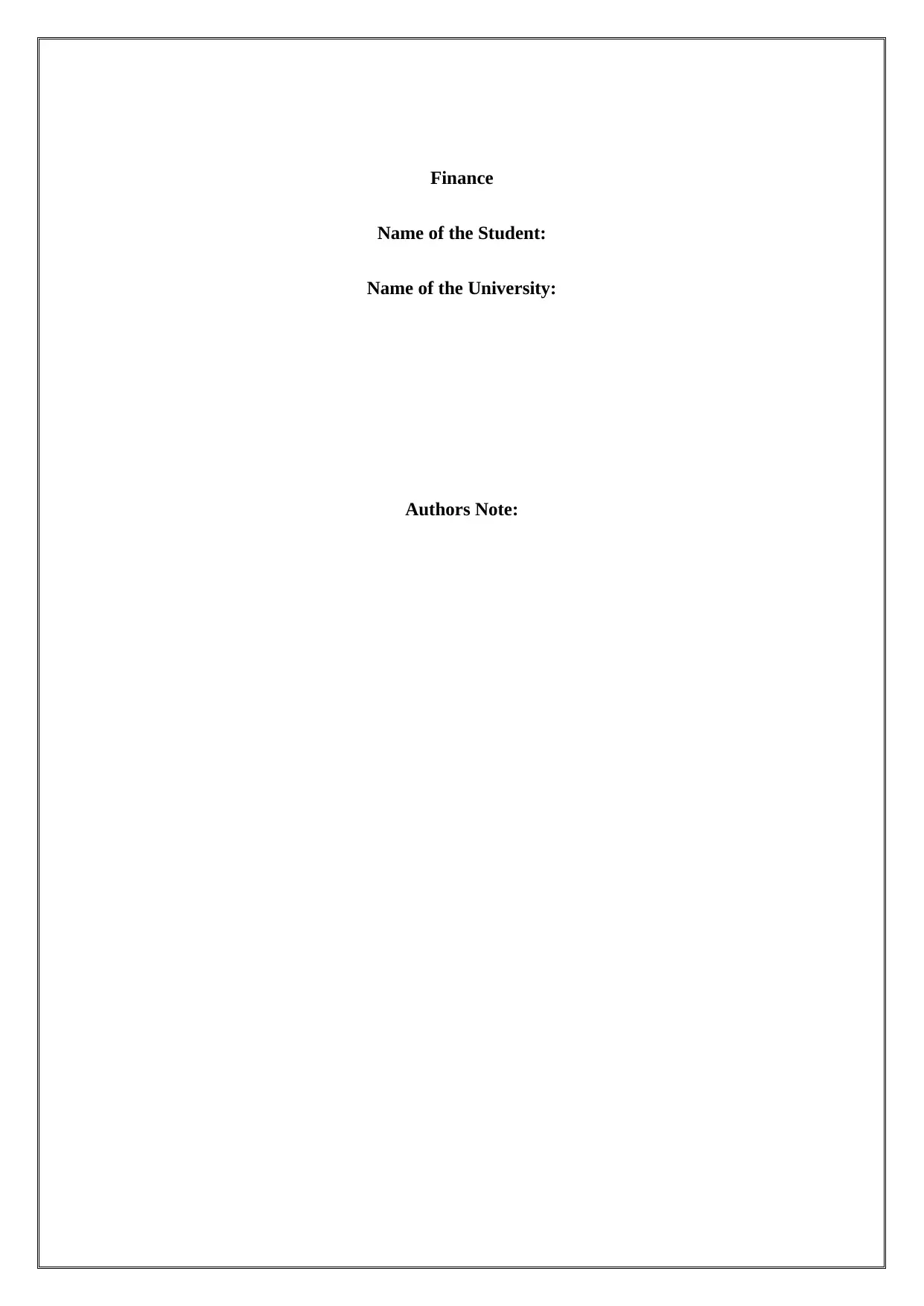
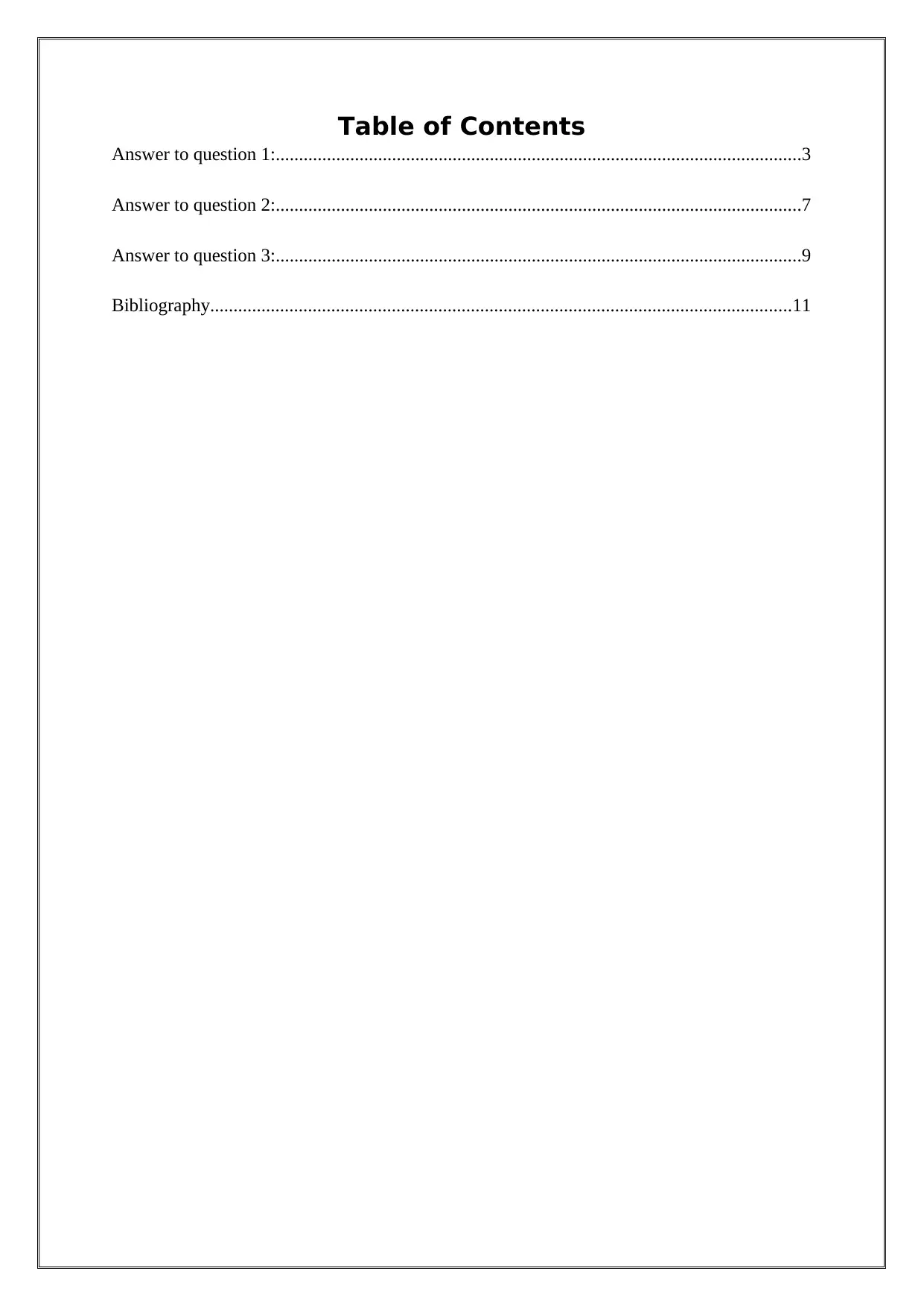
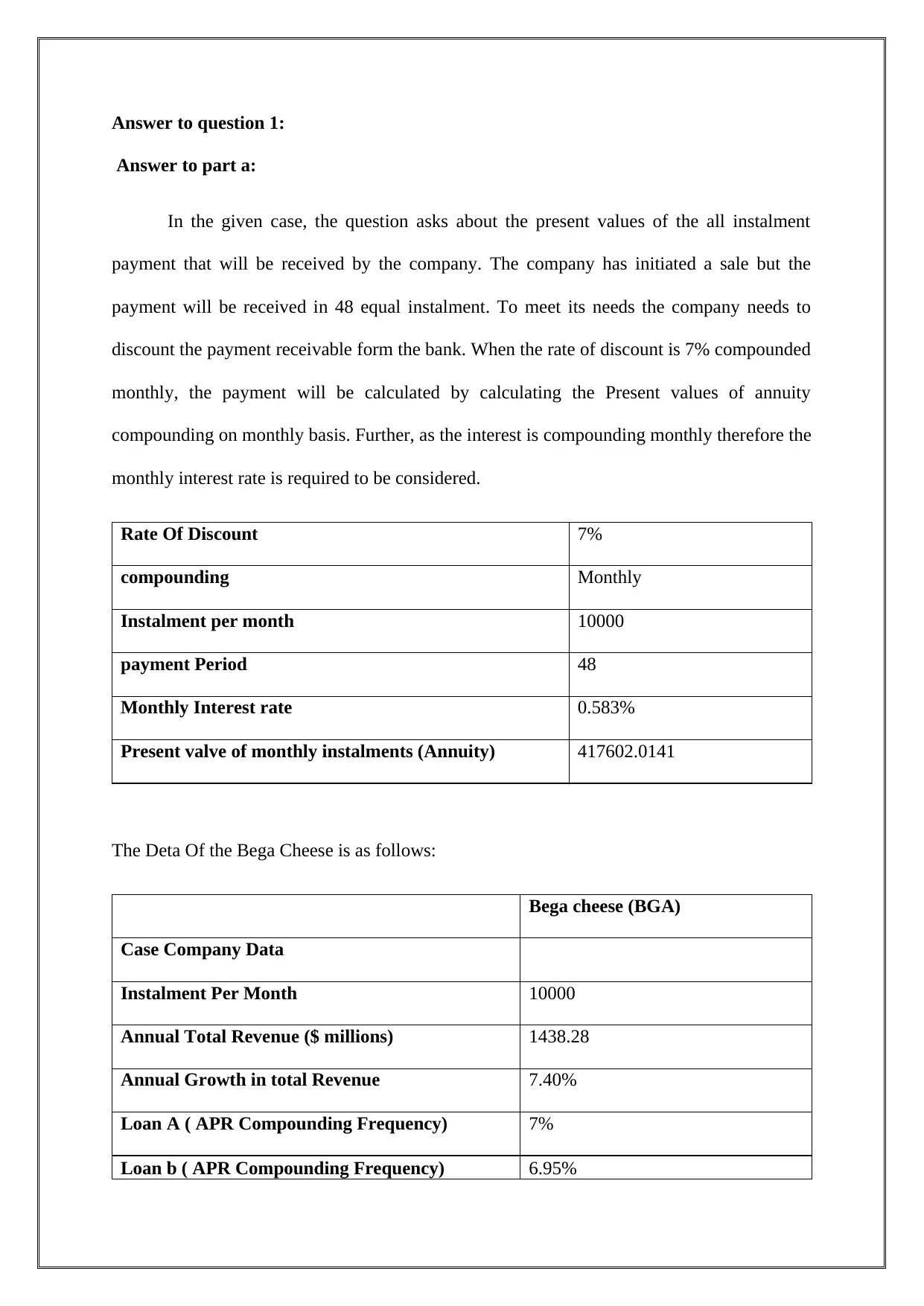

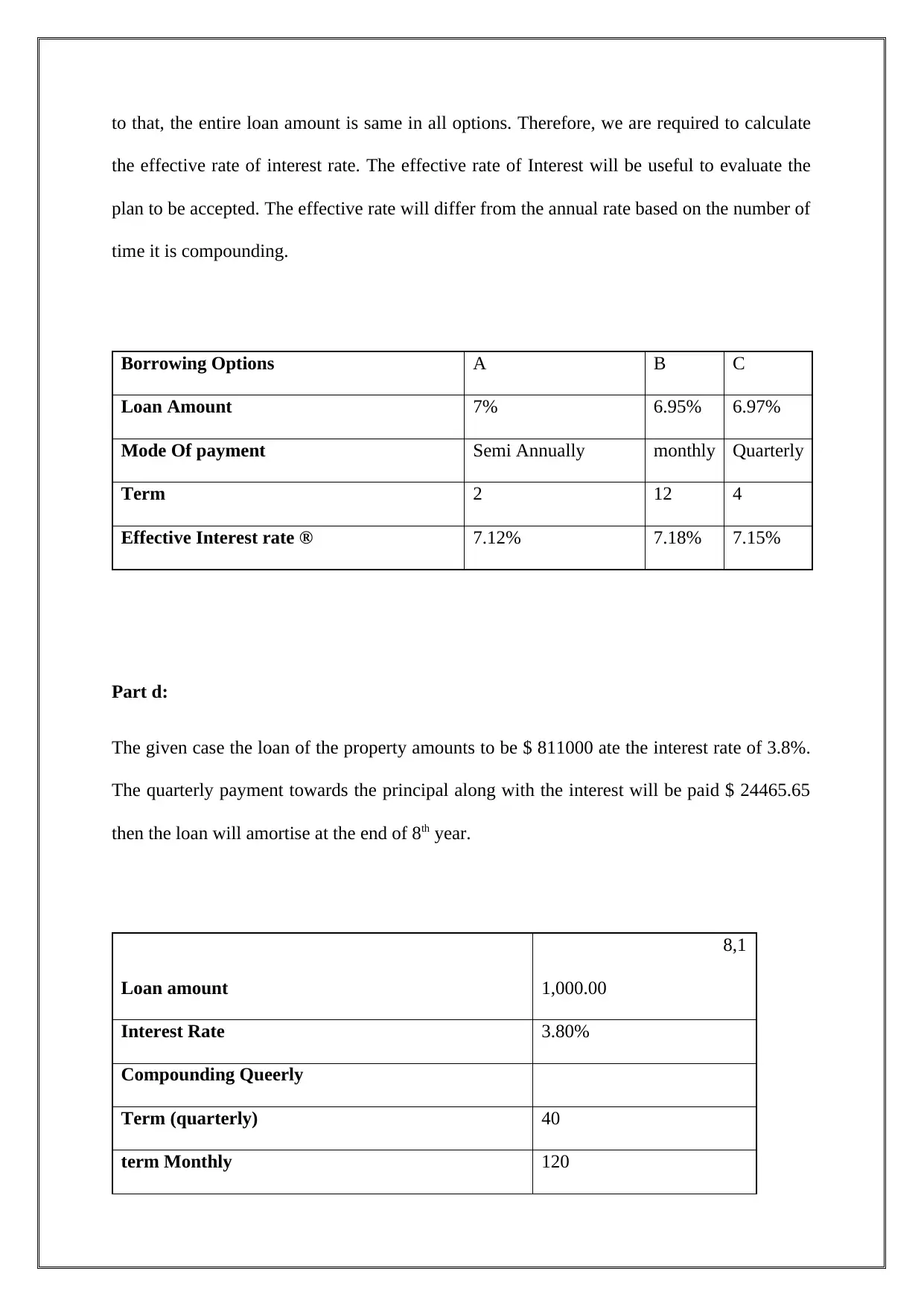
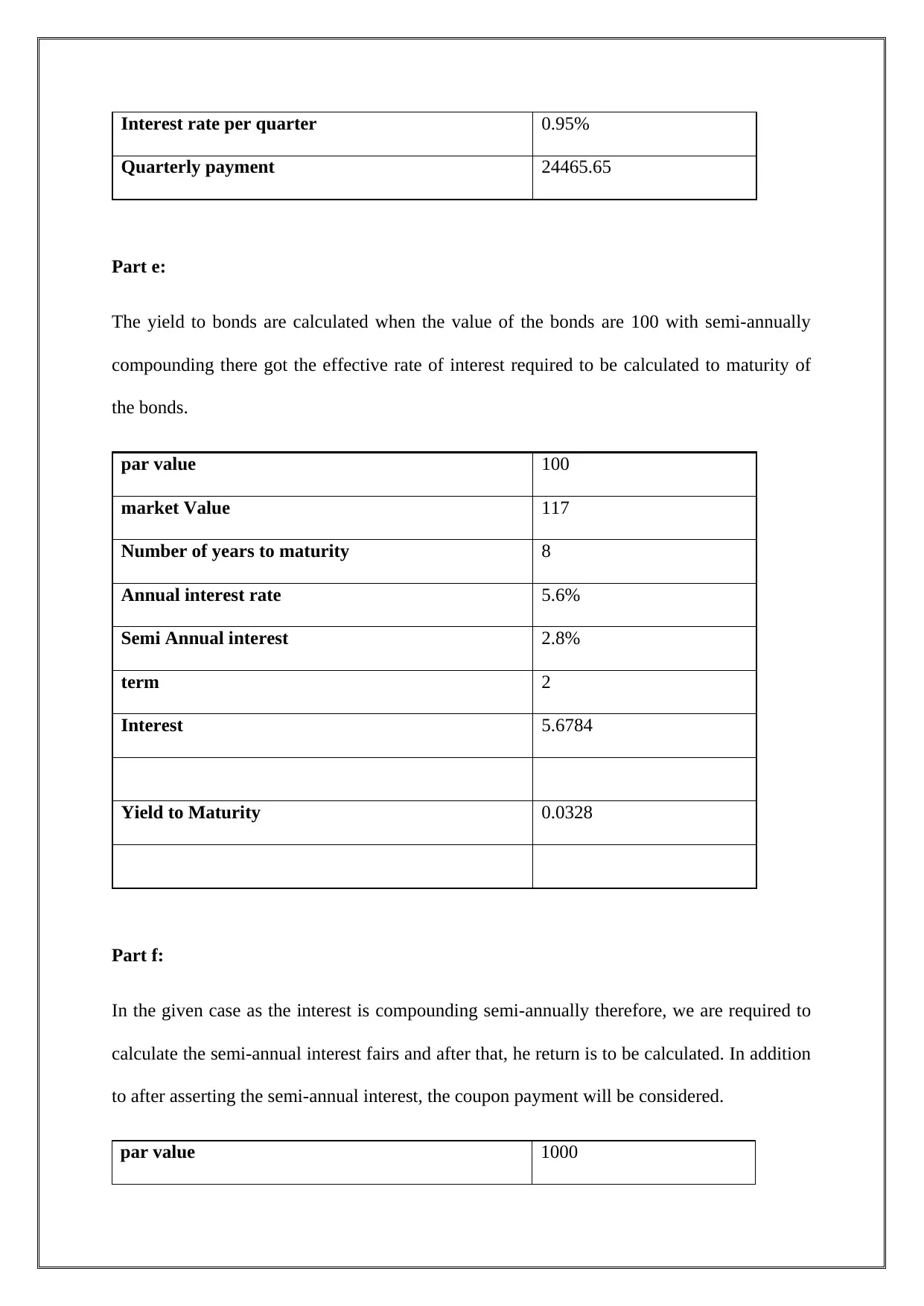
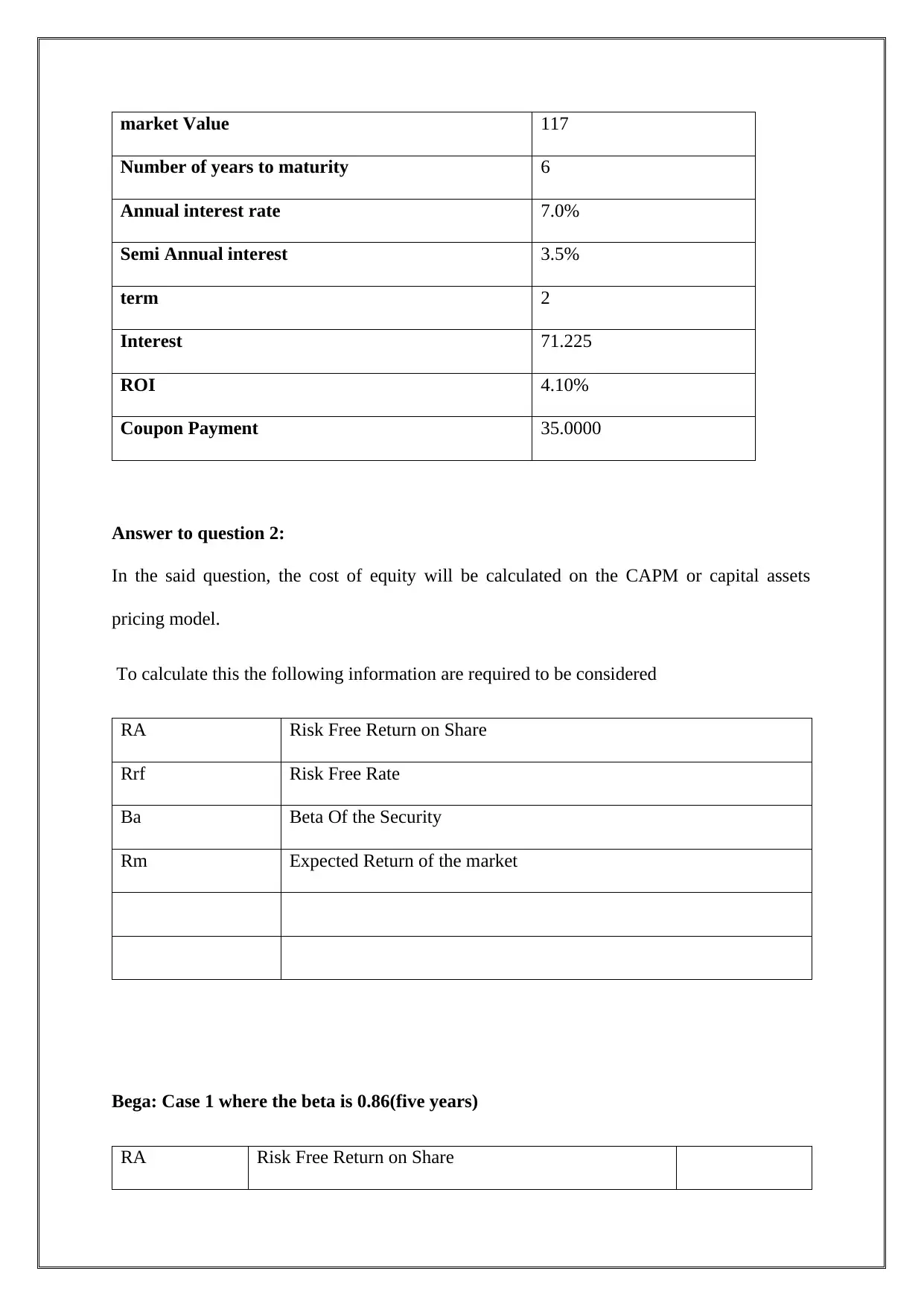
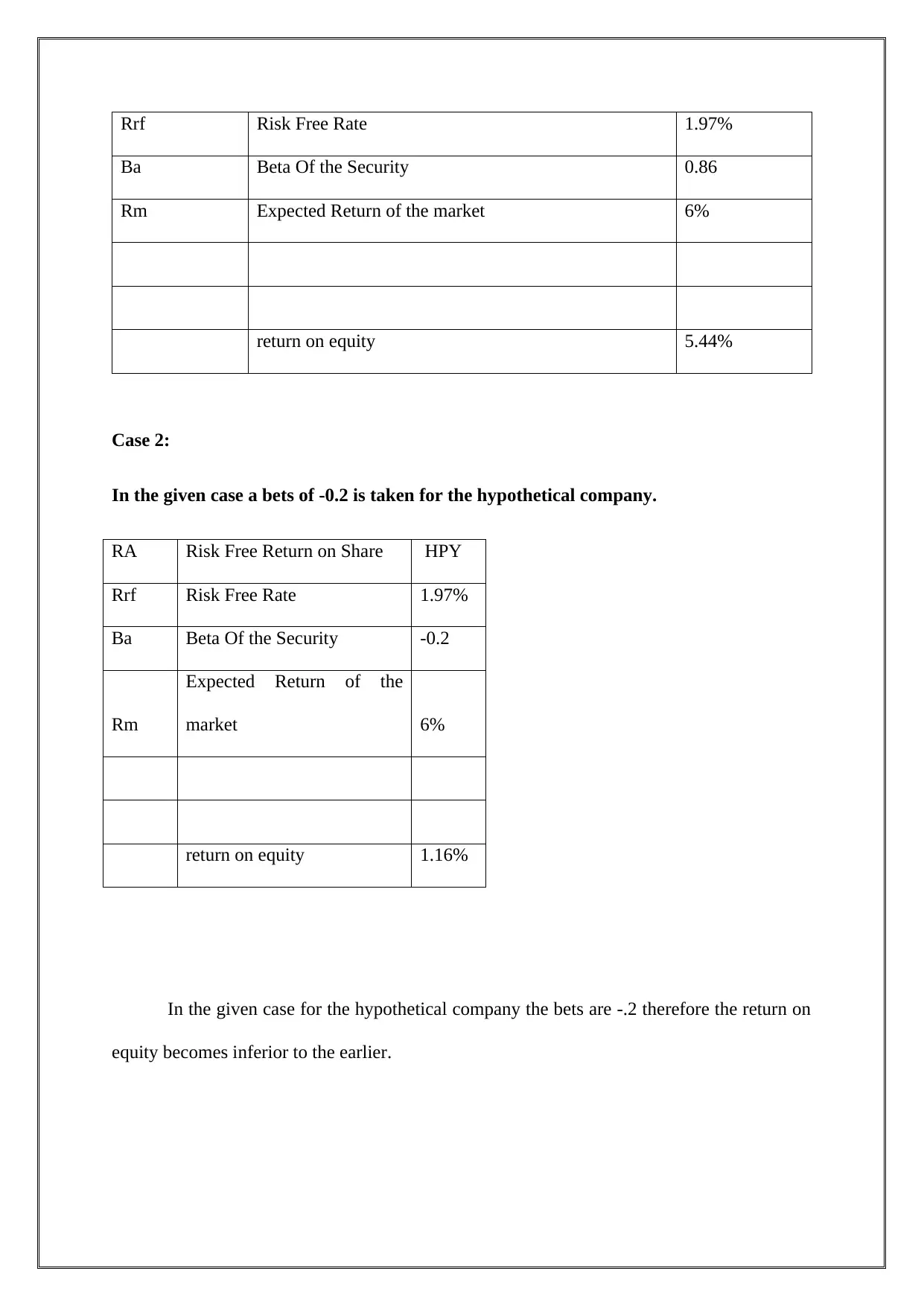
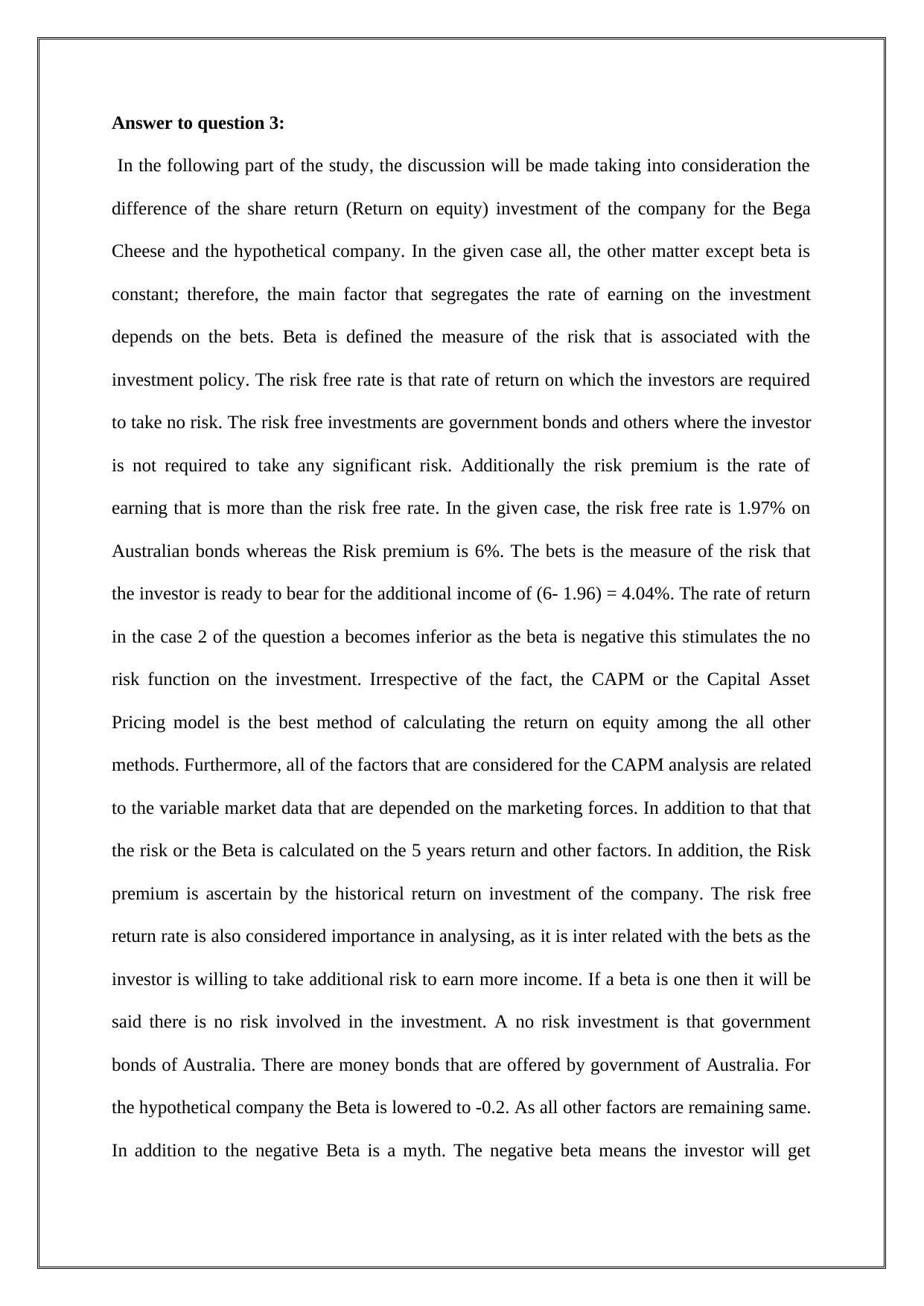
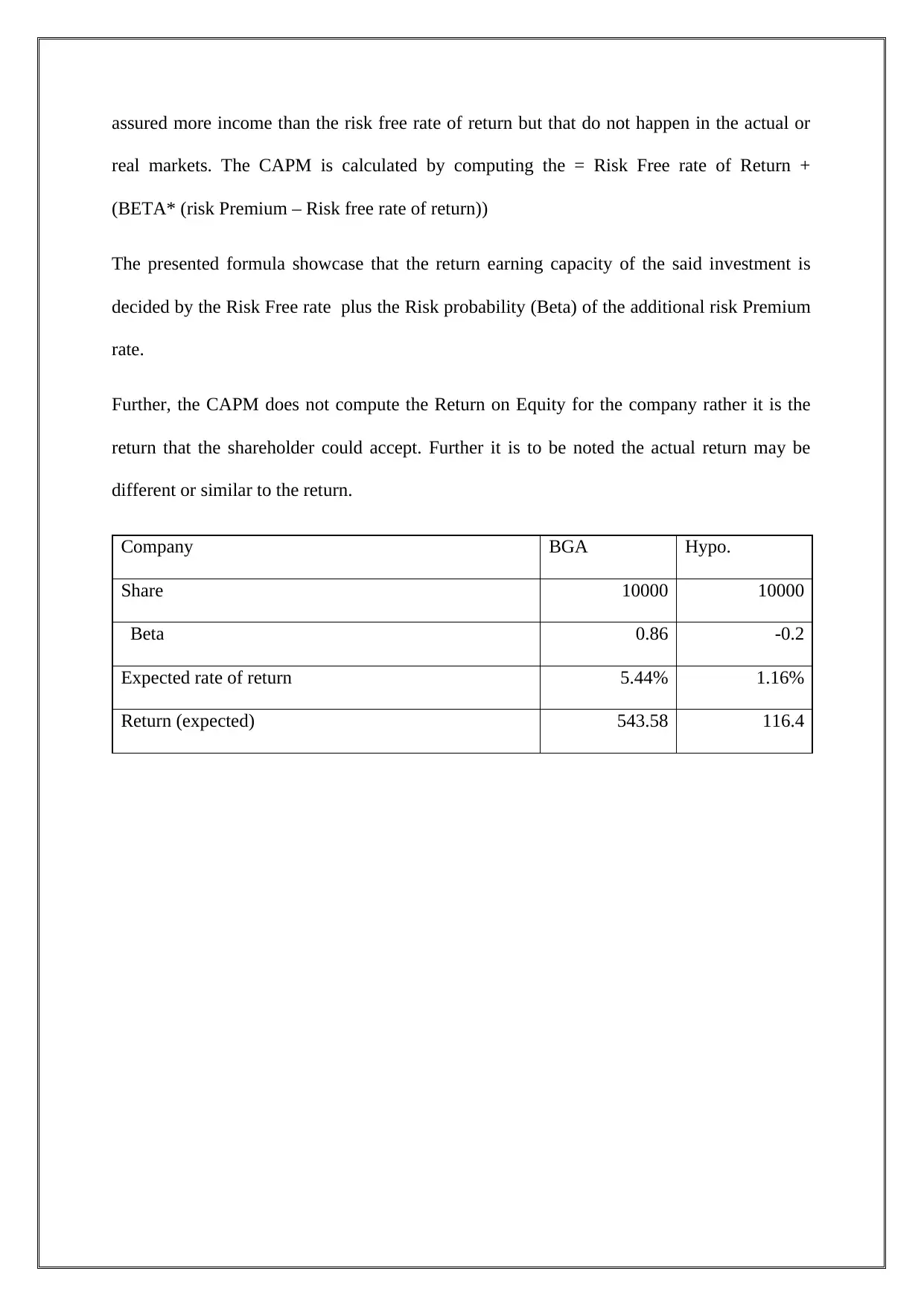






![[object Object]](/_next/static/media/star-bottom.7253800d.svg)